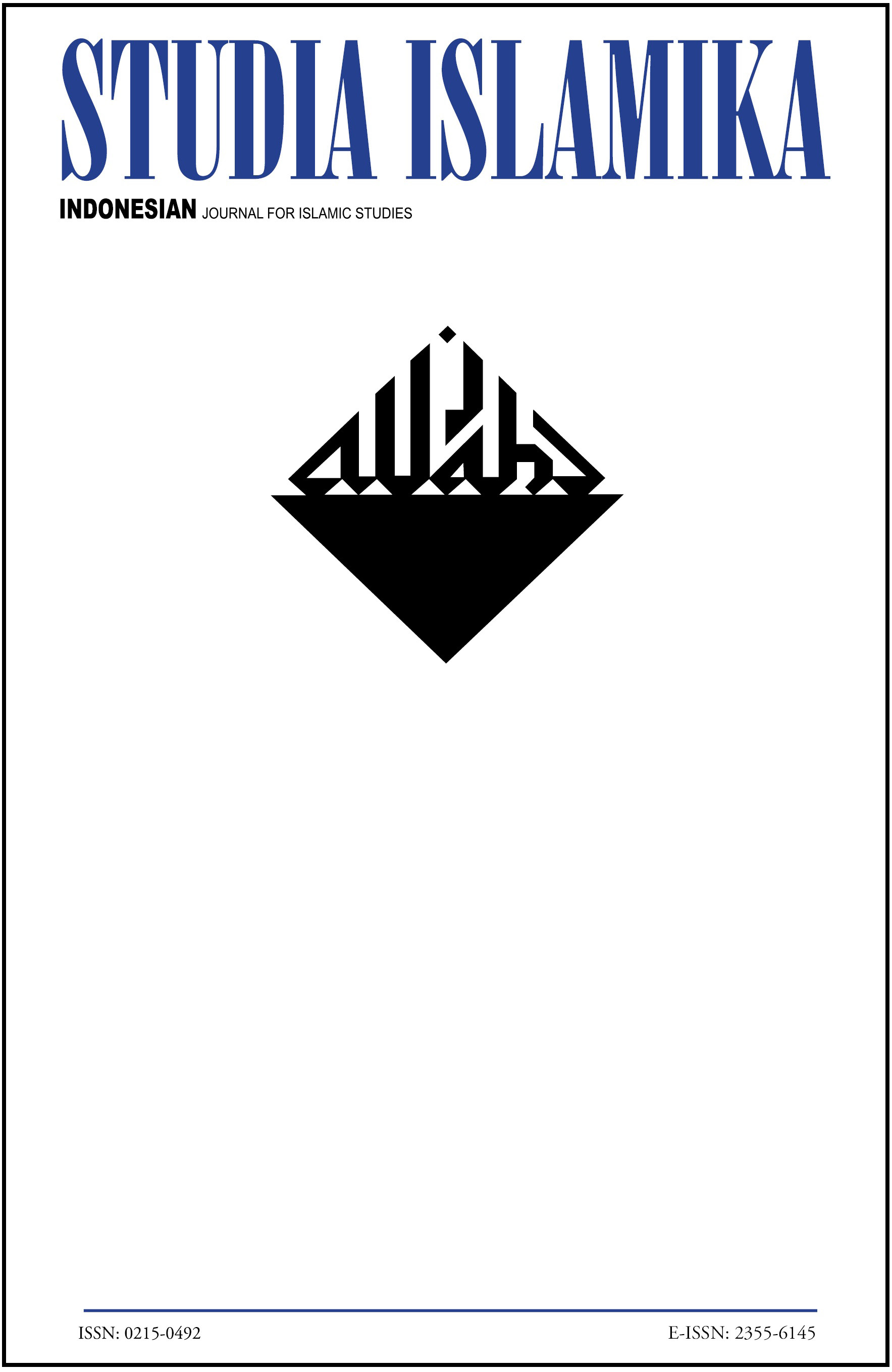Abstract
This book aim to describe the features of local forms of Islam in the Gayo highland, central part of the Aceh province, Sumatra. Gayo people have been Muslim since at least the seventeenth century, by which time they were incorporated into the Acehnese kingdom. Their religious mode represent the somewhat distinctive character of Islam generally found in this country. They have developed their local knowledge by elaborating, transforming and adapting elements from broader Muslim traditions. They describe the existence of spiritual beings and the power of language by using the Muslim idea of stainhood. They explain the power of spells and the ability to hunt and farm through Muslim narrative about Adam.DOI: 10.15408/sdi.v1i3.854Authors who publish with this journal agree to the following terms:
- Authors retain copyright and grant the journal right of first publication with the work simultaneously licensed under a Creative Commons Attribution License that allows others to share the work with an acknowledgement of the work's authorship and initial publication in this journal.
- Authors are able to enter into separate, additional contractual arrangements for the non-exclusive distribution of the journal's published version of the work (e.g., post it to an institutional repository or publish it in a book), with an acknowledgement of its initial publication in this journal.
- Authors are permitted and encouraged to post their work online (e.g., in institutional repositories or on their website) prior to and during the submission process, as it can lead to productive exchanges, as well as earlier and greater citation of published work.
Downloads
Download data is not yet available.

